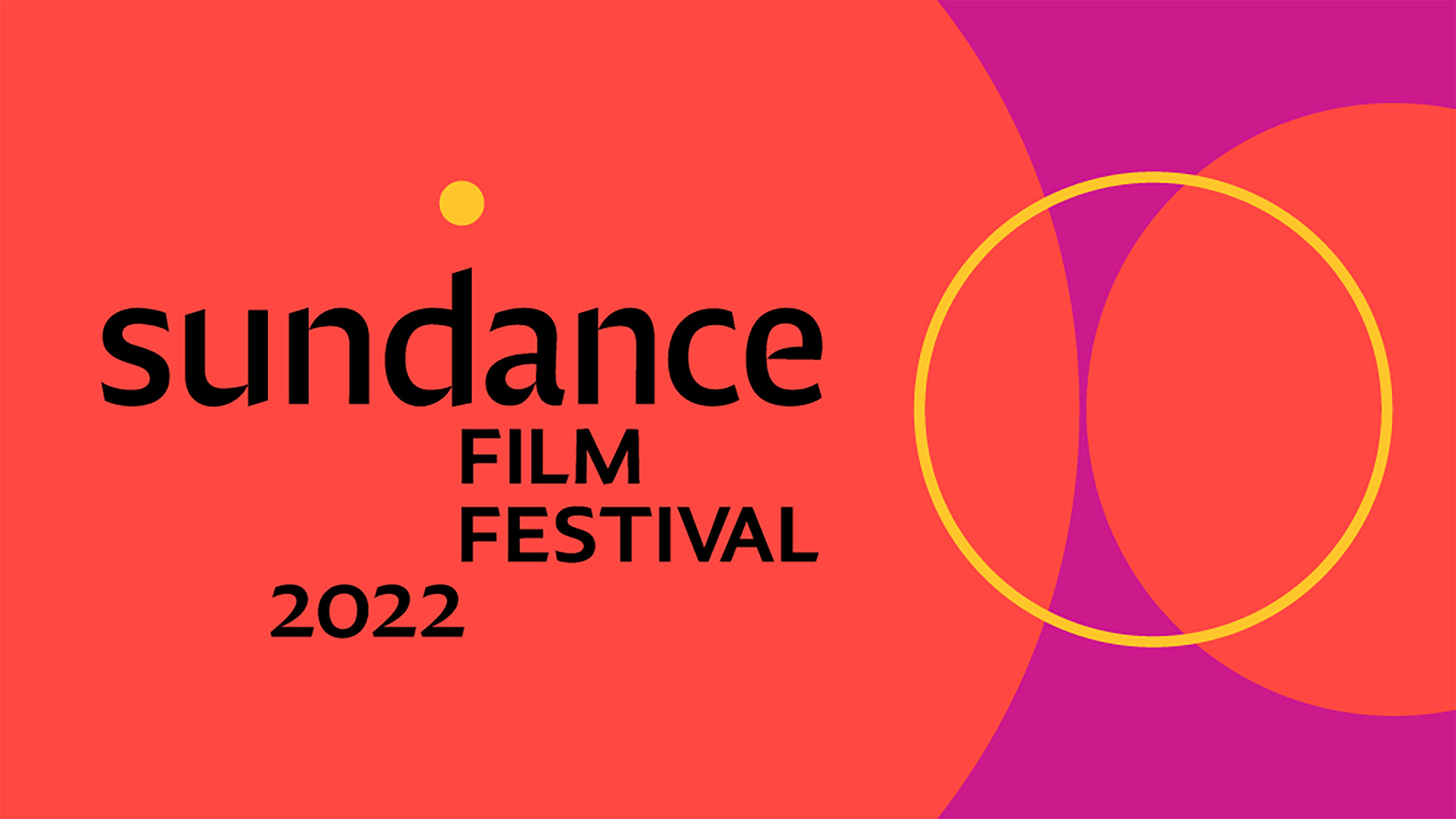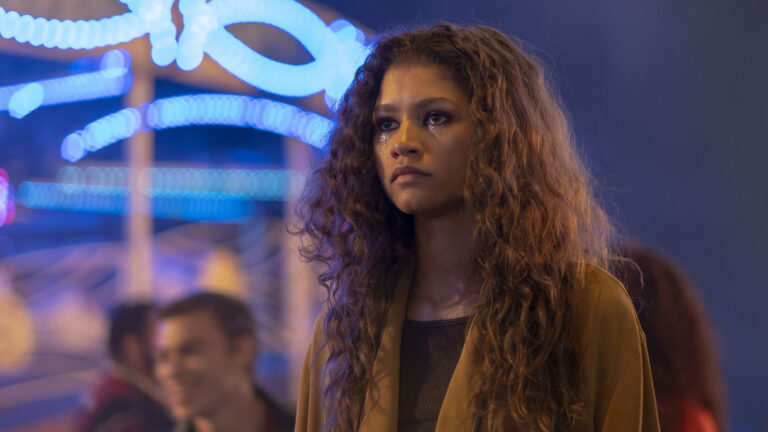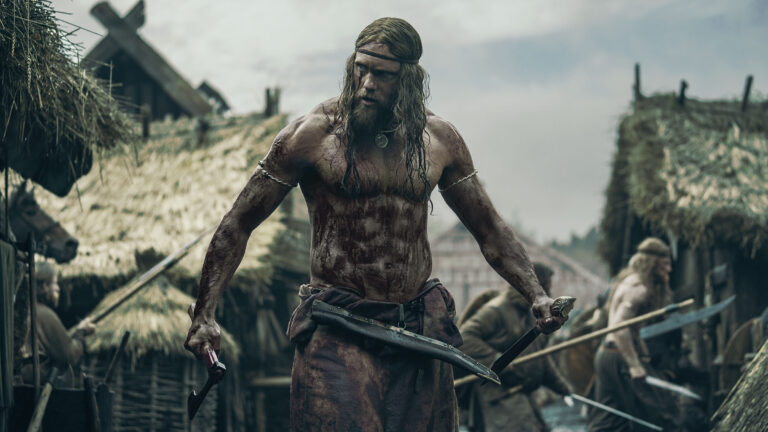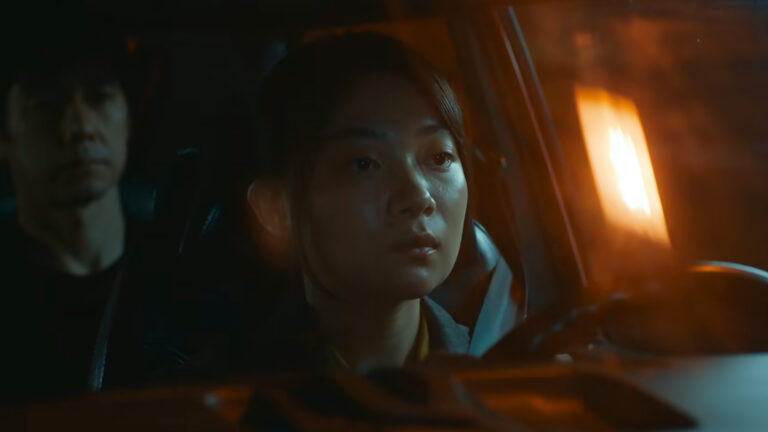The Sundance Film Festival is one of the most anticipated annual events in the world of independent cinema, giving both new and experienced filmmakers the opportunity to reach a broad audience of movie lovers, distributors, press, and peers.
Usually held in Park City, Utah, this year the festival went virtual, extending access to an even wider audience.
Art of the Cut interviewed three of the editors of the films featured at Sundance 2022, including narrative features Alice and Emily the Criminal, and the feature documentary Riotsville, USA.
Alice, inspired by real events, tells the story of a young Black woman enslaved on a Georgia plantation who escapes, only to find that it’s the 1970s and slavery has been abolished for more than 100 years.
The film was edited by Byron Smith, ACE, who began his award-winning career early by winning the student ACE Eddie more than 20 years ago. He’s also been nominated for an Emmy and an ACE Eddie for his work on House of Cards. His television credits include Nip/Tuck, Big Love, True Detective, Castle, Mindhunter, and Altered Carbon, as well as a stint as a supervising producer on Star Trek: Discovery. He’s also known for editing Ryan Murphy’s acclaimed feature, Running with Scissors.
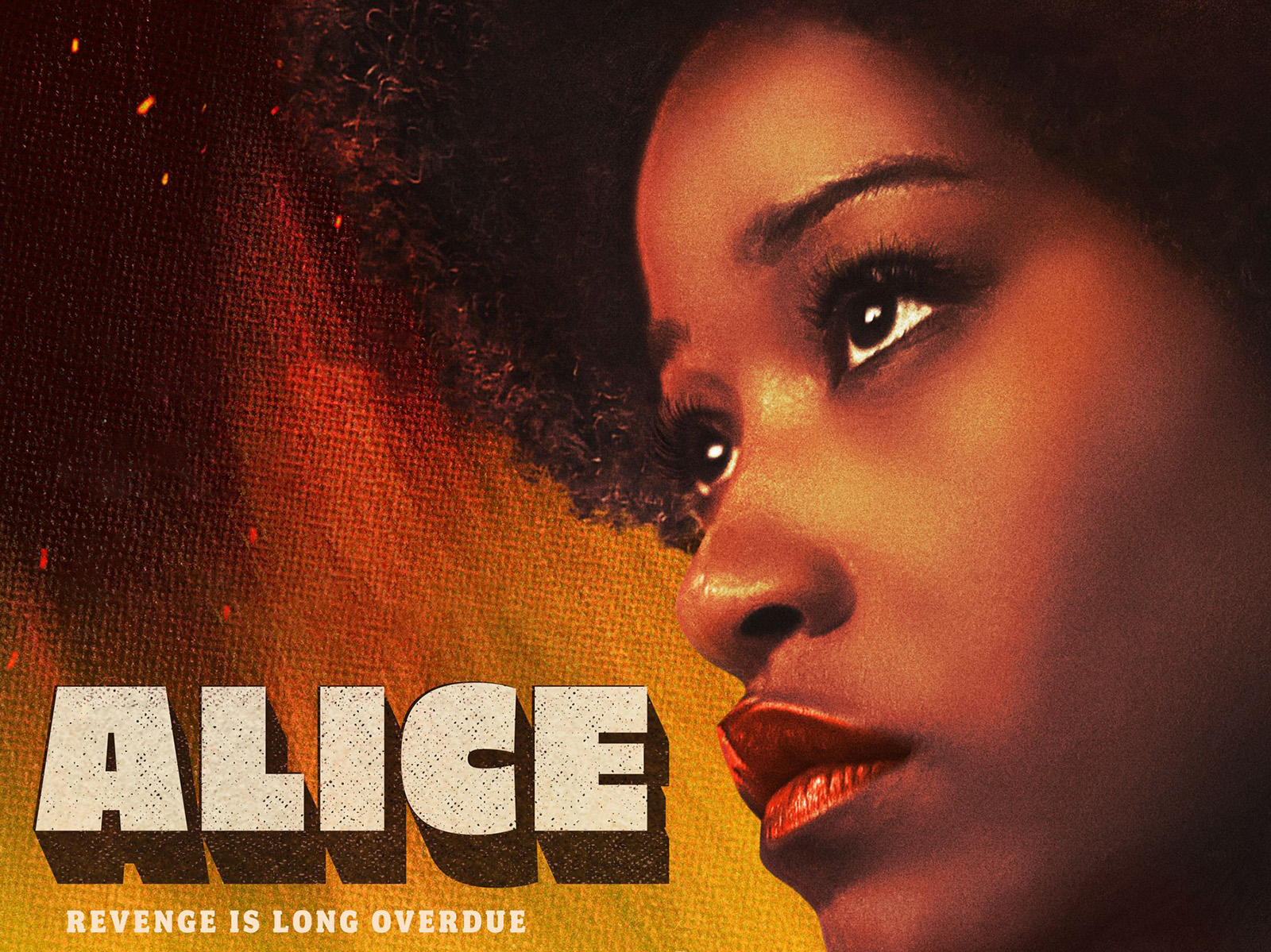
Emily the Criminal stars Aubrey Plaza as a desperate woman who slides uneasily into the seedy world of credit card fraud and identity theft. The film was edited by Harrison Atkins. He’s worn numerous hats on many different productions, including directing and cinematography, and edited indie features including Lace Crater, Madeline’s Madeline, and Karmalink.

The documentary Riotsville, USA dives into a hidden treasure trove of archival material to expose the United States government’s militarized response to the civil unrest and protests of the 1960s.
The film was edited by Nels Bangerter, who’s known for documentaries including Dick Johnson is Dead, Cameraperson, Let the Fire Burn, You See Me, and 32 Sounds. His work has been included on the PBS shows P.O.V. Independent Lens and on Dan Rather Reports.
Alice
Building tension was key to Alice. According to Byron, “When I think about suspense, I think about having a rubber band and stretching it as tight as I can, and then stretching it a little more and adding tension layers and layers. In some ways, it’s like comedy for me.”
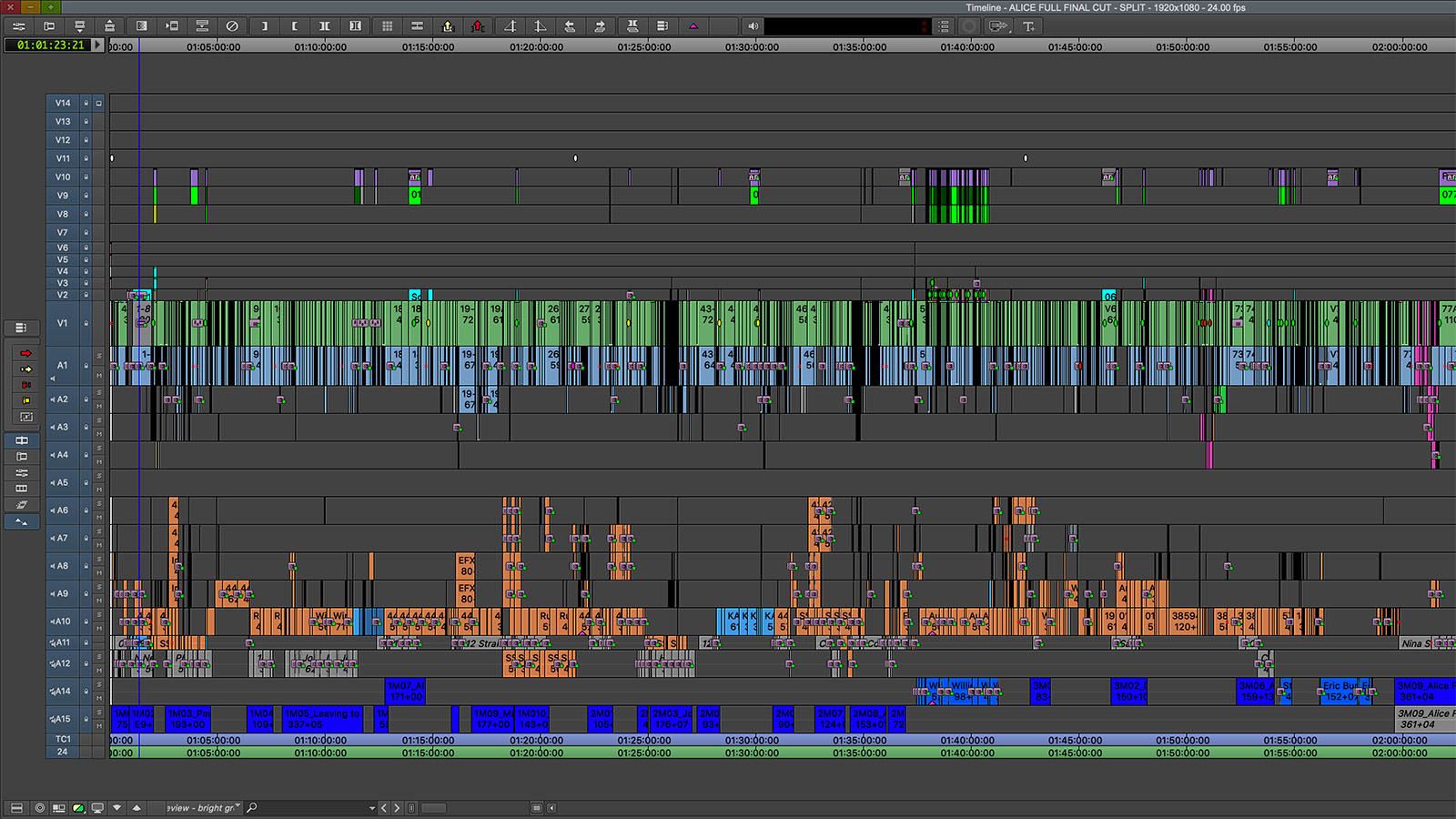
Sound design also helped. “It’s almost like water torture, just dripping incessantly,” he says. “These kinds of details make the mind expand. The tick of the clock is a little way to make viewers feel uneasy. I was striving to not use music—to not lean on it to tell the audience how to feel.”
He also cleverly used close-ups to start scenes instead of relying on establishing shots. “I wanted to unfold a scene by introducing you into a moment with some details,” Smith explains. “Viewers are really savvy now, and we have this great cinema literacy where it only takes them two or three frames to read a picture and know exactly what’s going on.”

“I really like to use those close ups in those moments where we’re going to go inside characters, when you want to connect with a character quickly and have that feeling of being there and being along for the ride with the character.”
Emily the Criminal
Harrison described the production schedule of Emily the Criminal as fast-paced, and the post-production as fairly unconventional. The film was shot over 21 days in LA, with a six-week deadline from end of principal photography to the submission deadline for Sundance.
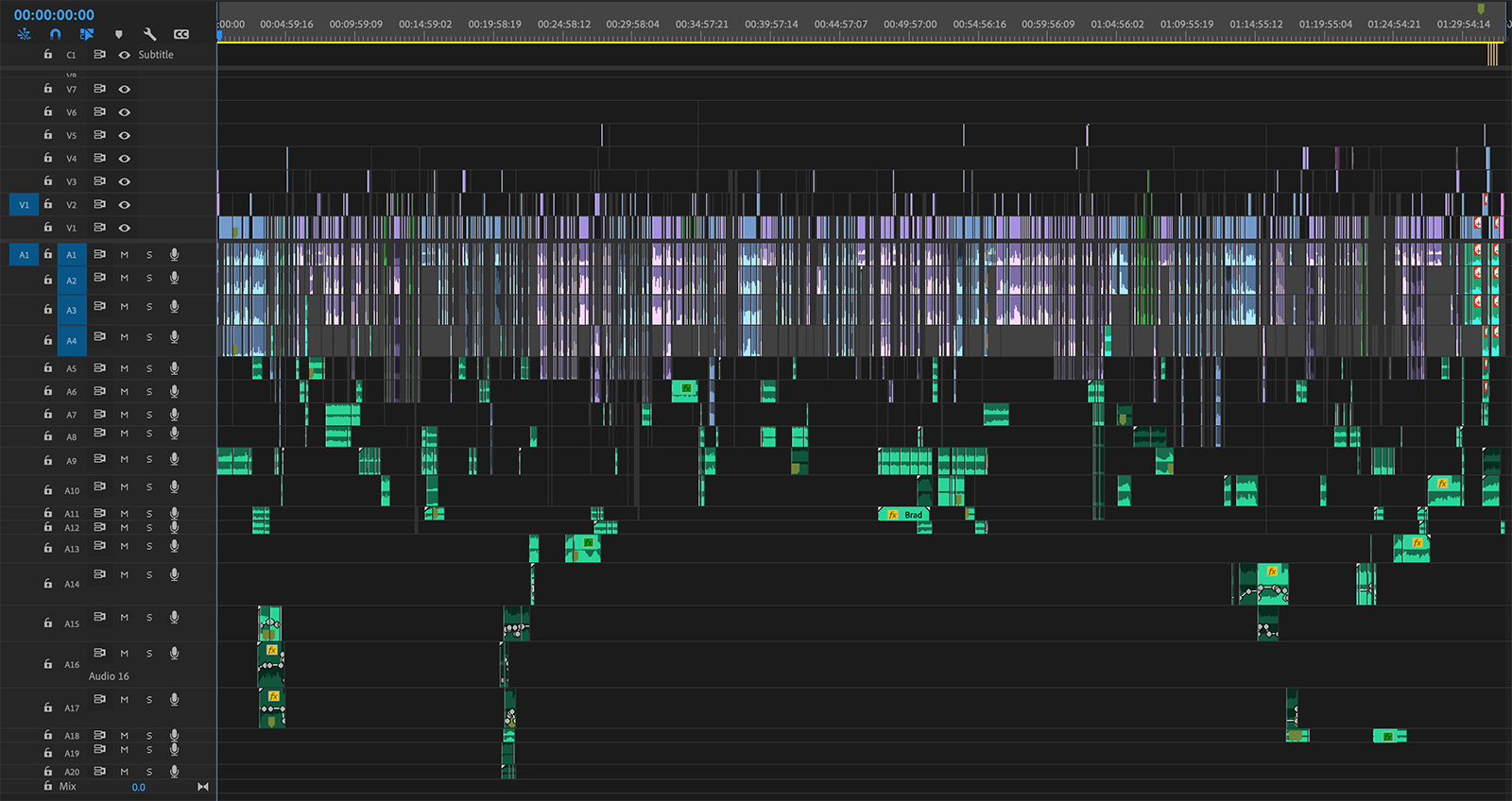
“On bigger films, the editing process has a bit more structure, I guess, but a lot of the independent film world that I come out of is looser,” Harrison says “The director and I were trading off on how we’d thought about our cuts. After my first assembly, the director and I did a cut together in the same room, and then I went off and did a cut alone, and then we did another one together, and switched off again. Our workflow didn’t have a traditional structure. It was mostly just like a war.”
Harrison’s path to the editing chair is also a bit unconventional, as he started landing editing projects because of his editing on his own directorial projects. “I consider my main quest as a filmmaker to be more holistic,” he explains, “where I’m writing my own scripts and directing my own projects. I’m just interested broadly in cinematic form and language. That’s really what gets me out of bed in the morning. So working as an editor kind of scratches that itch.”
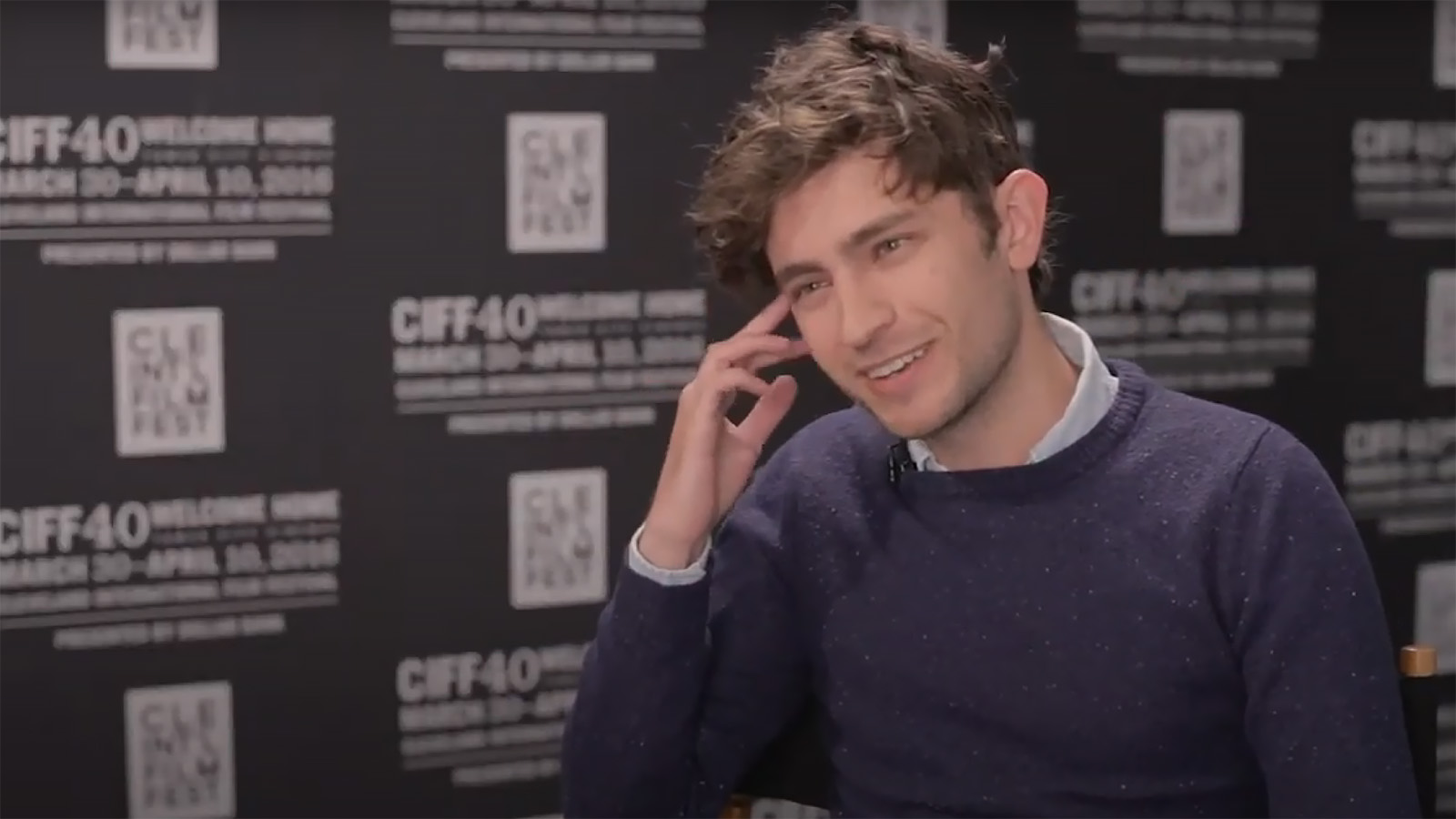
Being unexpectedly pulled into editing will have implications for his own directorial projects moving forward. “That has been maybe one of my prevailing compasses for how I’ve thought about these editing projects,” he says.
I had never edited a film that had so much coverage. It felt like each scene could be a Pandora’s box of many possible permutations.
“I learn something from every project that I’ve worked on as an editor. Each director is different in the way that they approach their film. This film, for example, had a lot of coverage, which was intimidating. I had never edited a film that had so much coverage. It felt like each scene could be a Pandora’s box of many possible permutations.”
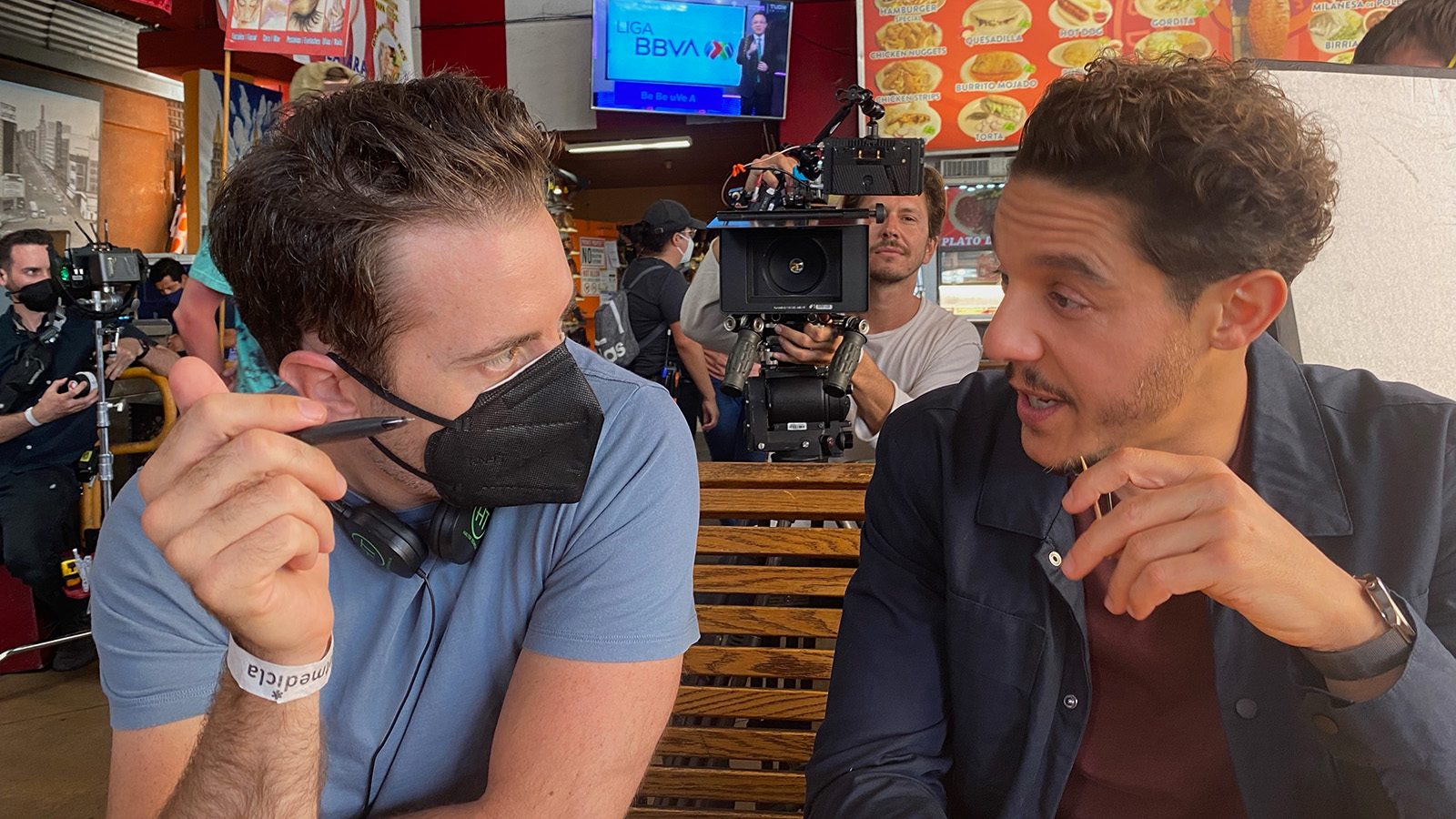
“Having the rigor to find the best one became like fighting a dragon. I think I learned a lot from having all of that latitude in the edit.”
Riotsville, USA
Nels Bangerter was fighting his own dragons while cutting Riotsville, USA. Because the film was based on archival, rather than modern-day interviews, the thesis of the film and the exposition to propel the story was done through both carefully crafted narration and text on screen.
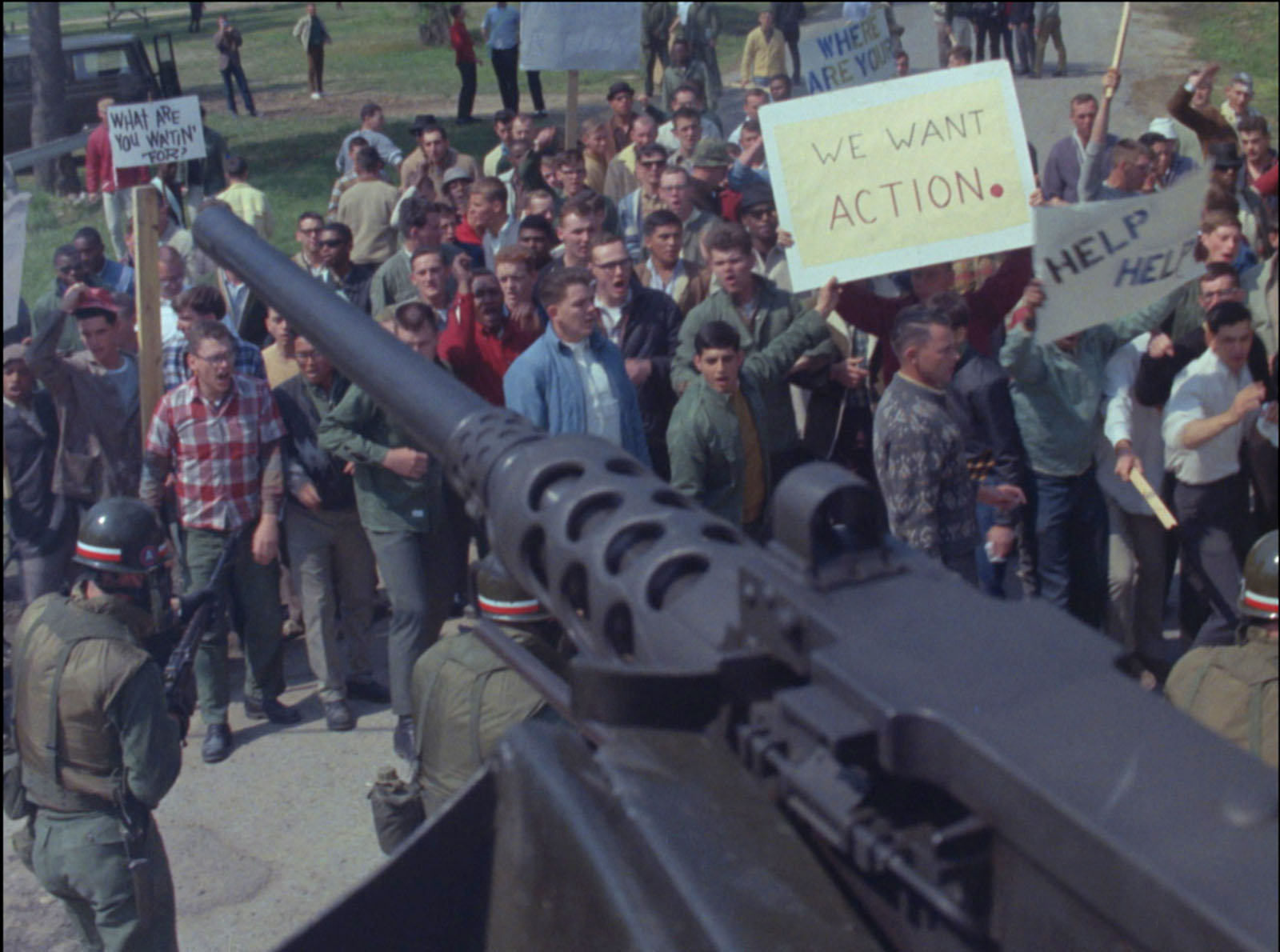
“The voiceover provides some analysis—the political angle—on what we’re seeing, whereas the text on screen is pretty precisely contained to exposition and facts. The on-screen text was straightforward, verifiable, super-closely vetted text,” he says.
The film was structured to maximize the viewer’s satisfaction in the story’s revelations. It waits to reveal its central premise and other elements, holding back as the audience is piecing together the puzzle.
“It was a really conscious strategy of holding back,” Nels reveals. “Not a cliffhanger, but it’s an intellectual tension as to what’s going on in this film. The opening visuals are meant to sort of be a disturbing memory before you find out what it was actually used for.”
“Hopefully it’s memorable enough for the audience to wonder what it was, and then that gives a sense of satisfaction when they discover it. That’s a technique many editors and storytellers use,” he continues.
If you have some information or a question and then an answer, often the more interesting the answer, the farther you want to put it from the question.
“If you have some information or a question and then an answer, often the more interesting the answer, the farther you want to put it from the question, because the questions develop in the audience’s mind. They ripen. They get richer and deeper with time. Your subconscious is thinking those questions through, and then when the answers come, it’s all the more satisfying.”
Nels cut this film in Premiere Pro—as did Harrison (Byron cut on Avid)—but, despite editing in a non-linear environment, Nels found that a linear approach to organizing the material provided him with a chance for creative opportunities to be revealed.
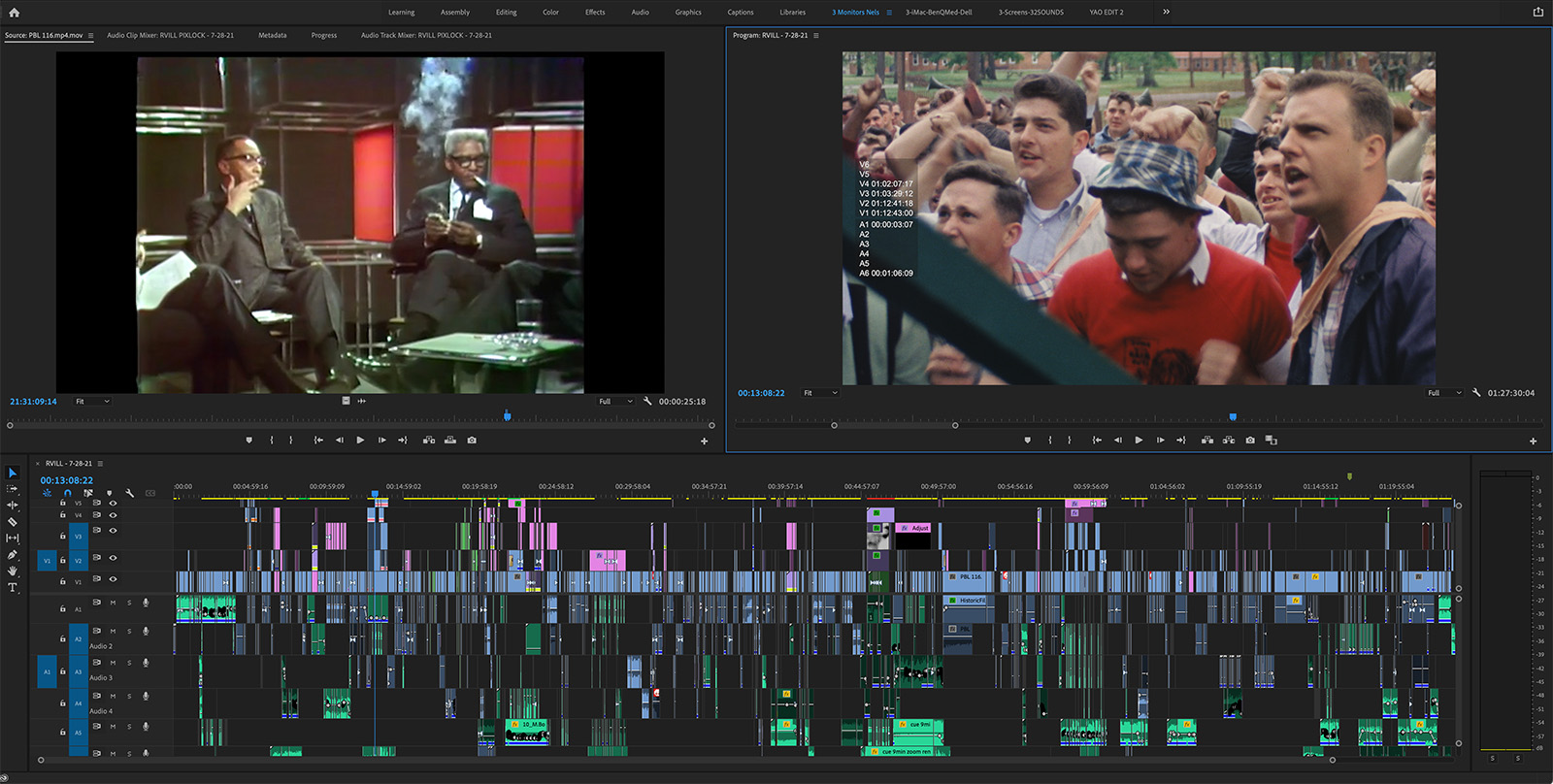
Nels explains, “What I do is make really long sequences of the source material for a particular topic. For example, I took all the material related to tear gas and put it in one sequence that was probably six or eight hours long. Then I watched through and put markers at interesting visual material.”

“The value of that for me is that it forces you—when you’re looking for something specific in that six-hour pile—to slide past other footage, and you might happen to see something you hadn’t thought of. That creates opportunities and synthesis rather than just finding the exact words that you need or the exact image you started looking for. You find that and a lot more.”
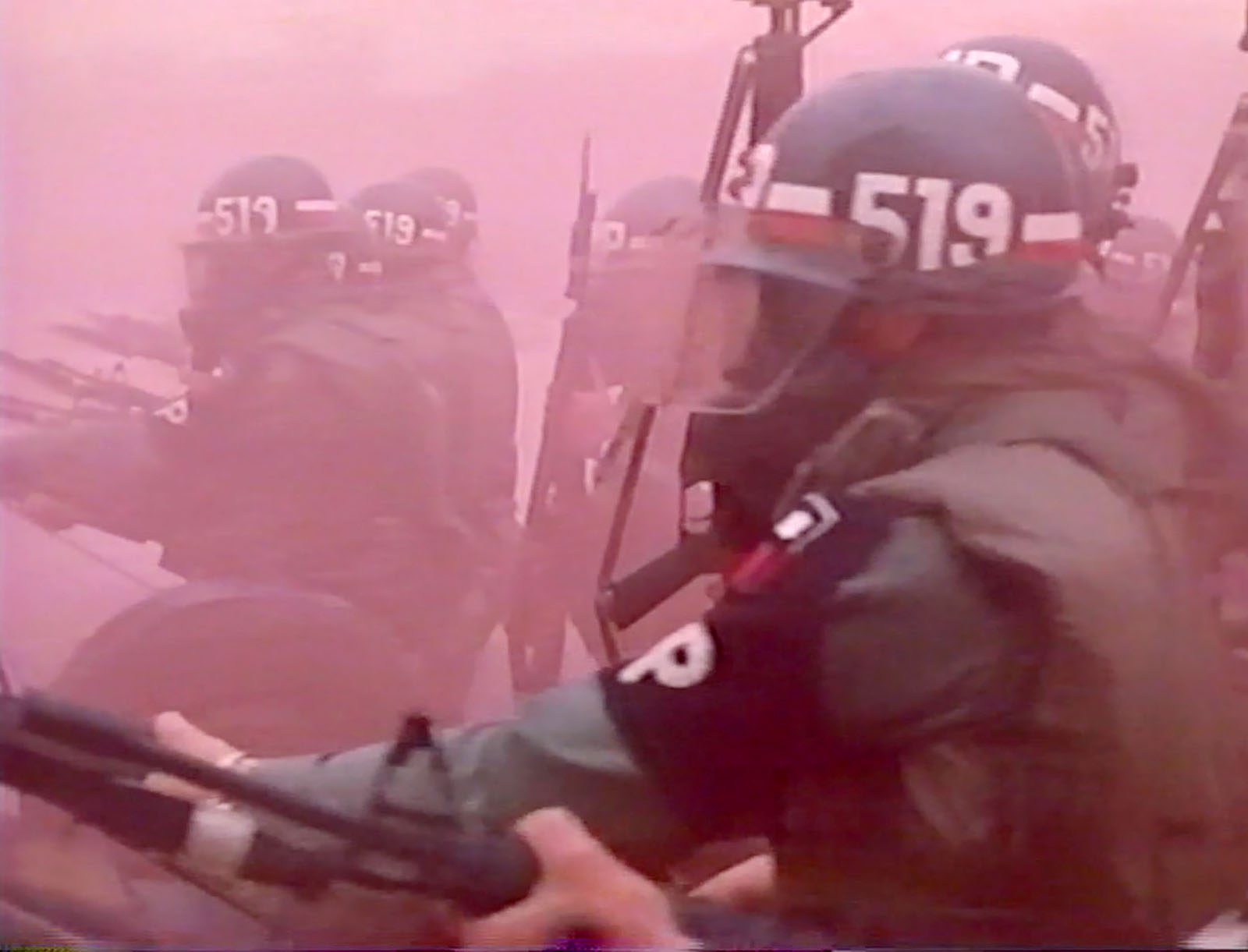
All of the editors were very generous with their wisdom about editing. If you’re interested in hearing more stories like this from leading and upcoming editors, you’ll find more on Art of the Cut.

